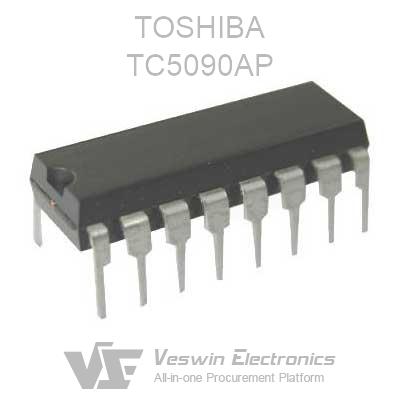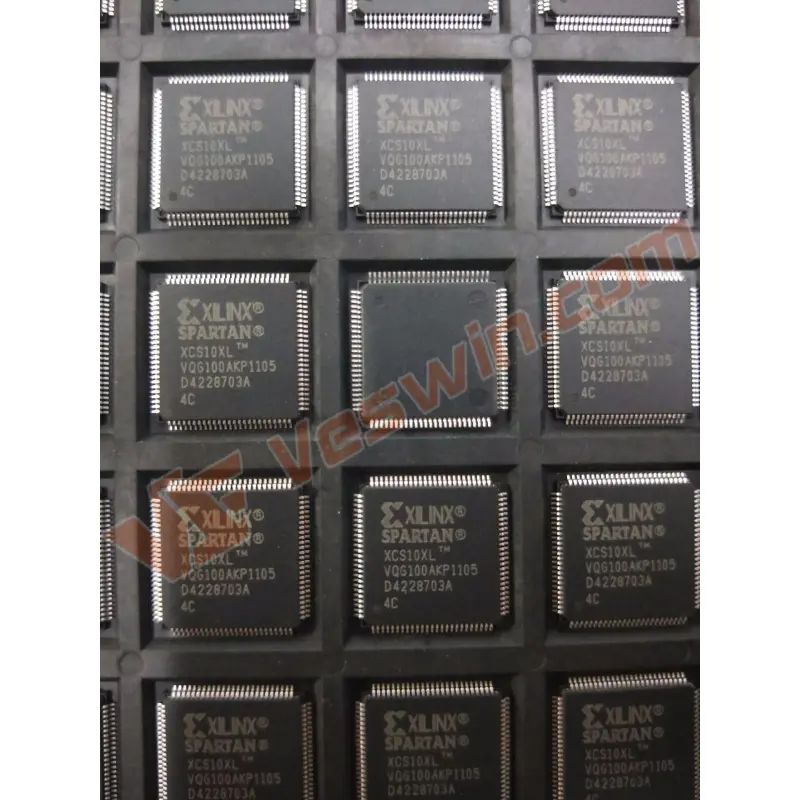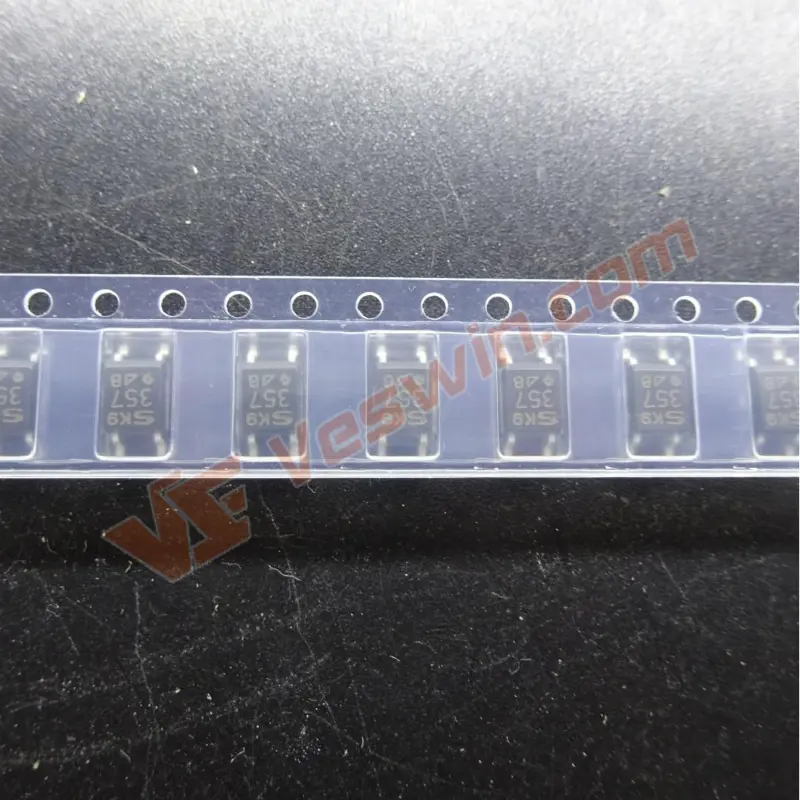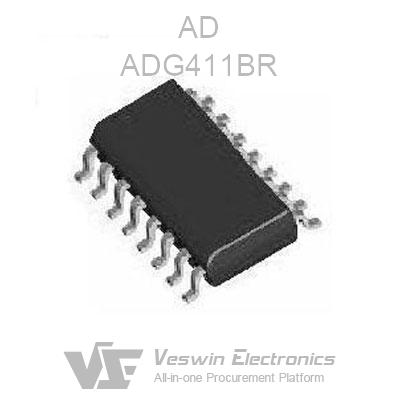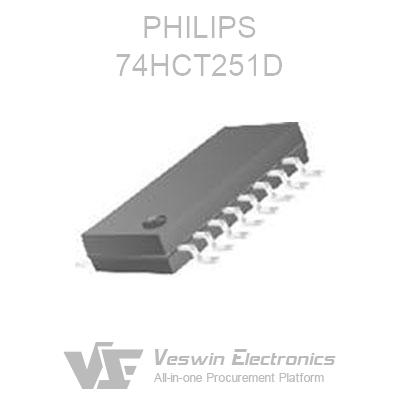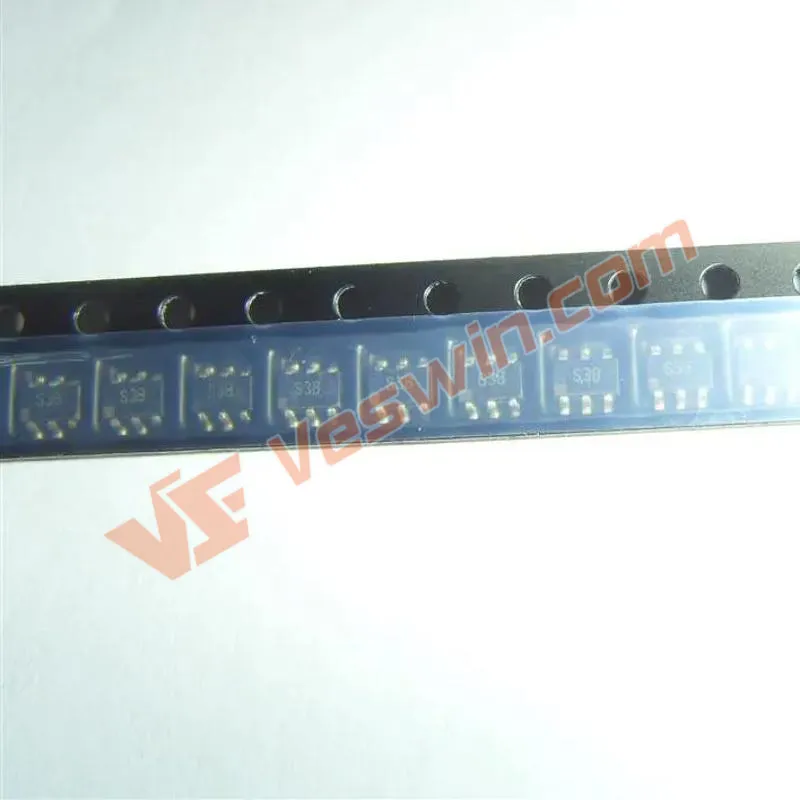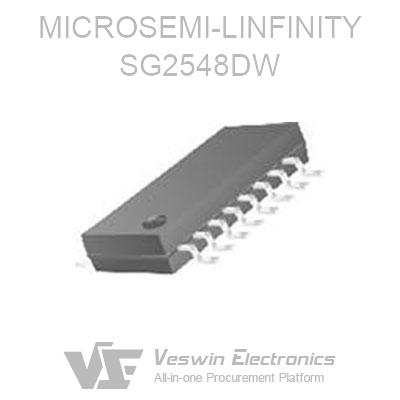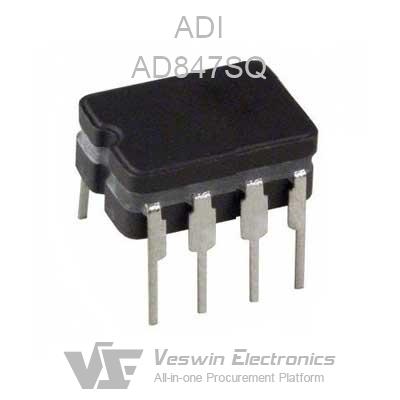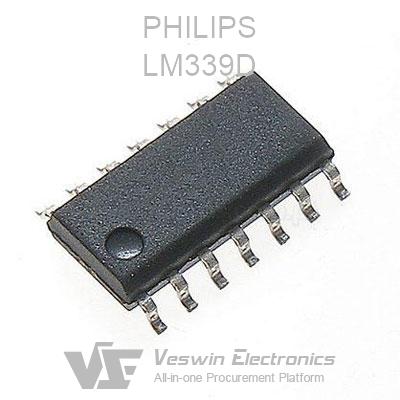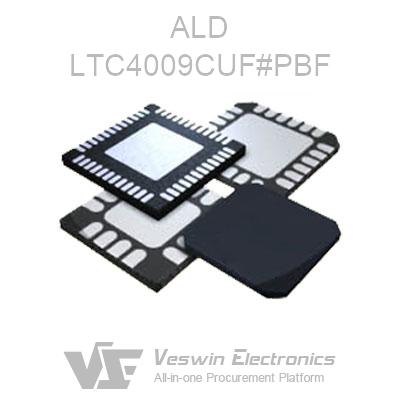We have introduced what the capacitor is before, but what is a filter capacitor?
The filter capacitor is a device that can store energy, usually an energy storage device installed at both ends of the rectifier circuit to reduce the ripple coefficient of the AC pulsation.
Filter capacitors are passive filters composed of passive components. The capacitive effect on any signal is frequency dependent. This capacitor characteristic is used to design filters that can filter out signals in a specific frequency range as desired.
And for precision circuits, the combination of parallel capacitor circuits is often used at this time to improve the working effect of filter capacitors.
1. Low temperature rise
The harmonic filter circuit is composed of capacitors in series with reactors, which form the lowest impedance at a certain harmonic order to absorb a large amount of harmonic current. The quality of the capacitor will affect the stable absorption effect of the harmonic filter, and the service life of the capacitor is the same as Temperature has a lot to do with it. The higher the temperature, the lower the service life. The filter full-film capacitor has the characteristics of low temperature rise, which can guarantee its service life.
2. Low loss
Dielectric loss tangent (tgδ): ≤0.0003
3. Security
Conforming to GB and IEC standards, the internal single capacitors are equipped with protection devices; when the line or single capacitors are abnormal, the protection device will act immediately and automatically cut off the power supply to prevent the occurrence of secondary disasters. A discharge resistor is attached to ensure the safety of power consumption and maintenance. The shell is made of steel stamping, and the inside and outside are painted with high-temperature baking paint with good weather resistance and high safety.
4. Convenience
It is easy to carry and install as the size is small and the weight is light.
Principle of filter capacitor: When the rectified voltage is higher than the capacitor voltage, the capacitor is charged; when the rectified voltage is lower than the capacitor voltage, the capacitor is discharged. In the process of charging and discharging, the output voltage is stable. The filter capacitor has a large capacity and can obtain a relatively stable direct current. The capacitor filter circuit uses the charging and discharging of the capacitor to make the output voltage tend to be smooth.
1. Reduce pulsation components.The rectified current is a unidirectional pulsating current, not a smooth DC current, and the function of the capacitor is to use its charging and discharging characteristics to level these unidirectional pulsating waves and increase the output at the same time. The average value of DC voltage.
2. The remaining AC components of the circuit and filter out high-order harmonics. Due to the communication and direct blocking effect of the capacitor, these clutter components are short-circuited and returned. In order to compensate for the inductive impedance effect of the large-capacity capacitor, a small-capacity capacitor can also be connected to the large capacitor in parallel to make a high-frequency loop.
3. It helps improve the instantaneous overload capacity of the power output. The power supply filter capacitors are large-capacity, and its energy storage function can improve the instantaneous current characteristics of the circuit to adapt to those loads with excessive instantaneous current.
4. The filter capacitor is used in the power rectification circuit to filter the AC component and make the output DC smoother.
Further Reading: What Does a Capacitor Do (27 Functions) 2022
There is no the best capacitors for power supply filtering. But you could learn to choose the right filter capacitors for yourself.
Filter capacitors is important in switching power supplies. How to correctly select filter capacitors, especially the selection of output filter capacitors, is a matter of great concern to every engineer.
(1) Select the type of capacitor according to the circuit requirements. For low-frequency circuits and DC circuits with low requirements, paper capacitors can generally be used, and low-frequency ceramic capacitors can also be used. In high-frequency circuits, when the electrical performance requirements are high, mica capacitors, high-frequency ceramic capacitors or feedthrough ceramic capacitors can be used.
In the intermediate frequency and low frequency circuits with higher requirements, plastic film capacitors can be used. In power filtering and decoupling circuits, aluminum electrolytic capacitors are generally used. For circuits requiring high reliability and high stability, mica capacitors, paint film capacitors or tantalum electrolytic capacitors should be used. For high-voltage circuits, high-voltage ceramic capacitors or other types of high-voltage capacitors should be selected. For tuning circuits, variable capacitors and trimmer capacitors should be used.
(2) Determine the capacitance reasonably and allowable the deviation. In low-frequency coupling and decoupling circuits, the requirements for the capacitance of capacitors are generally not too strict, as long as a slightly larger capacitance is selected according to the calculated value. In timing circuits, oscillation circuits, and tone control circuits, the capacitance requirements for capacitors are strict, so the nominal value of the selected capacitance should be consistent with or as close as possible to the calculated capacitance value, and a capacitor with high precision should be selected as much as possible. . In some special circuits, the capacitance of the capacitor is often required to be very precise. At this time, a high-precision capacitor with an allowable deviation within the range of ±0.1% to ±0.5% should be selected.
There is a reference formula, RC=(3-5)*(T/2), where R is the equivalent load, T is the period=1/f=0.02s (f is calculated according to the mains 50Hz), if the previous The coefficient takes an intermediate value of 4, and the capacity of the filter capacitor over there should be: RC=2T=2*0.02=0.04, so C=0.04/R (R is the equivalent load resistance), assuming R=10ohm, then this capacitor The capacity is 4000uF, actually take 4700uF!
(3) The working voltage of should meet the circuit requirements. In general, the rated voltage of the selected capacitor should be 1.2 to 1.3 times the actual working voltage. For circuits with high working environment temperature or poor stability, the rated voltage of the selected capacitor should be derated, and it is better to leave a larger margin.
If the working voltage of the circuit where the capacitor is located is higher than the rated voltage of the capacitor, the capacitor is prone to breakdown and the whole circuit cannot work normally. The rated voltage of the capacitor generally refers to the DC voltage. If it is used in an AC circuit, it should be selected according to the characteristics and specifications of the capacitor; if it is used in a pulsating circuit, it should be selected according to the sum of the AC and DC components not exceeding the rated voltage of the capacitor.
(4) Prioritize the selection of capacitors with large insulation resistance, small dielectric loss, and small leakage current.
(5) Working environment of the capacitor. The performance parameters of capacitors are closely related to the conditions of the use environment, so when selecting capacitors, attention should be paid to:
① Capacitors used under high temperature conditions should use capacitors with high working temperature;
② For circuits working in humid environments, sealed capacitors with good moisture resistance should be selected;
③ For capacitors used under low temperature conditions, cold-resistant capacitors should be selected, which is especially important for electrolytic capacitors, because ordinary electrolytic capacitors will freeze the electrolyte and fail under low temperature conditions.
(6) The requirements of the installation site should be considered when selecting capacitors. There are many shapes of capacitors, and the shape and pin size of the capacitor should be selected according to the actual situation. For example, as a capacitor for high-frequency bypass, it is best to use a feed-through capacitor, which is not only easy to install, but also can be used as a terminal.
Hot News
